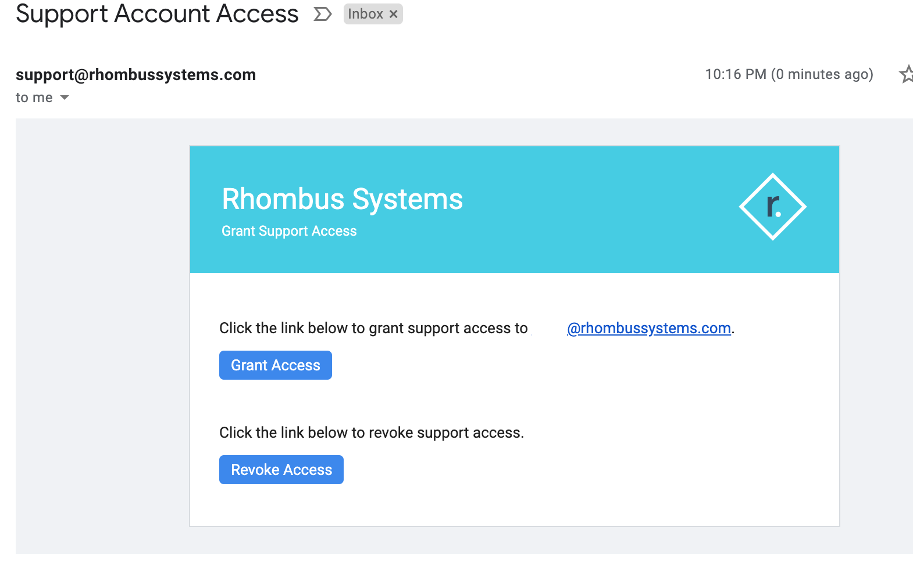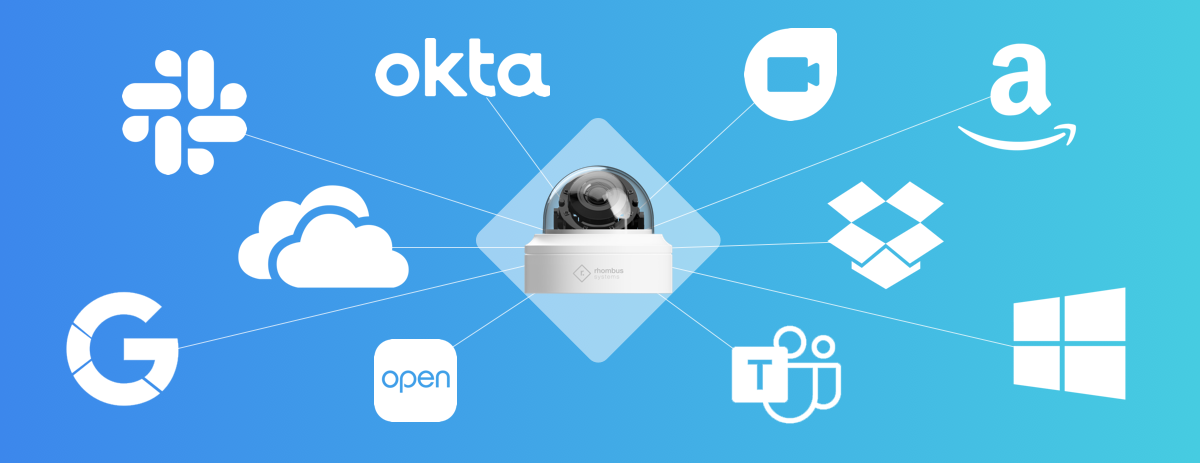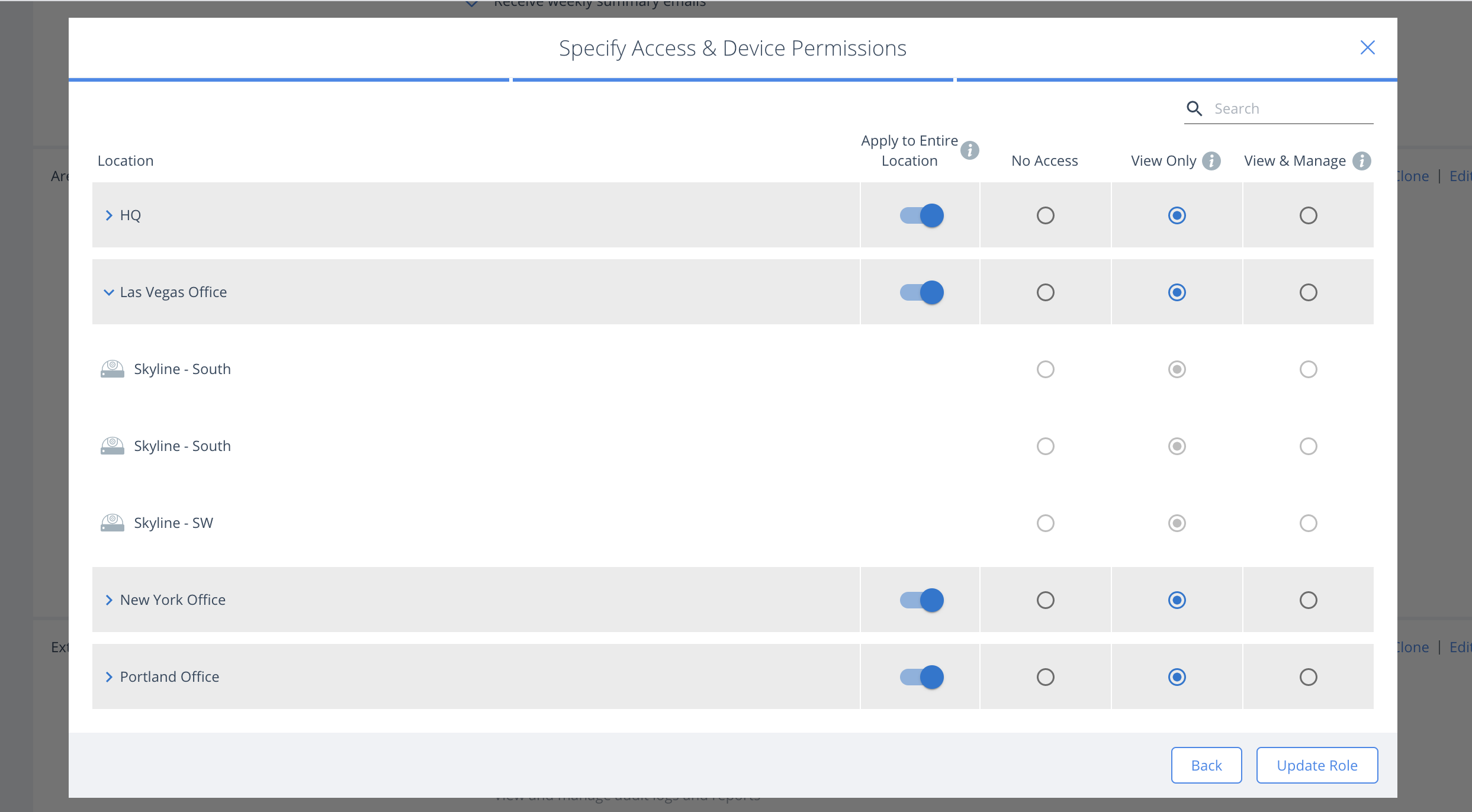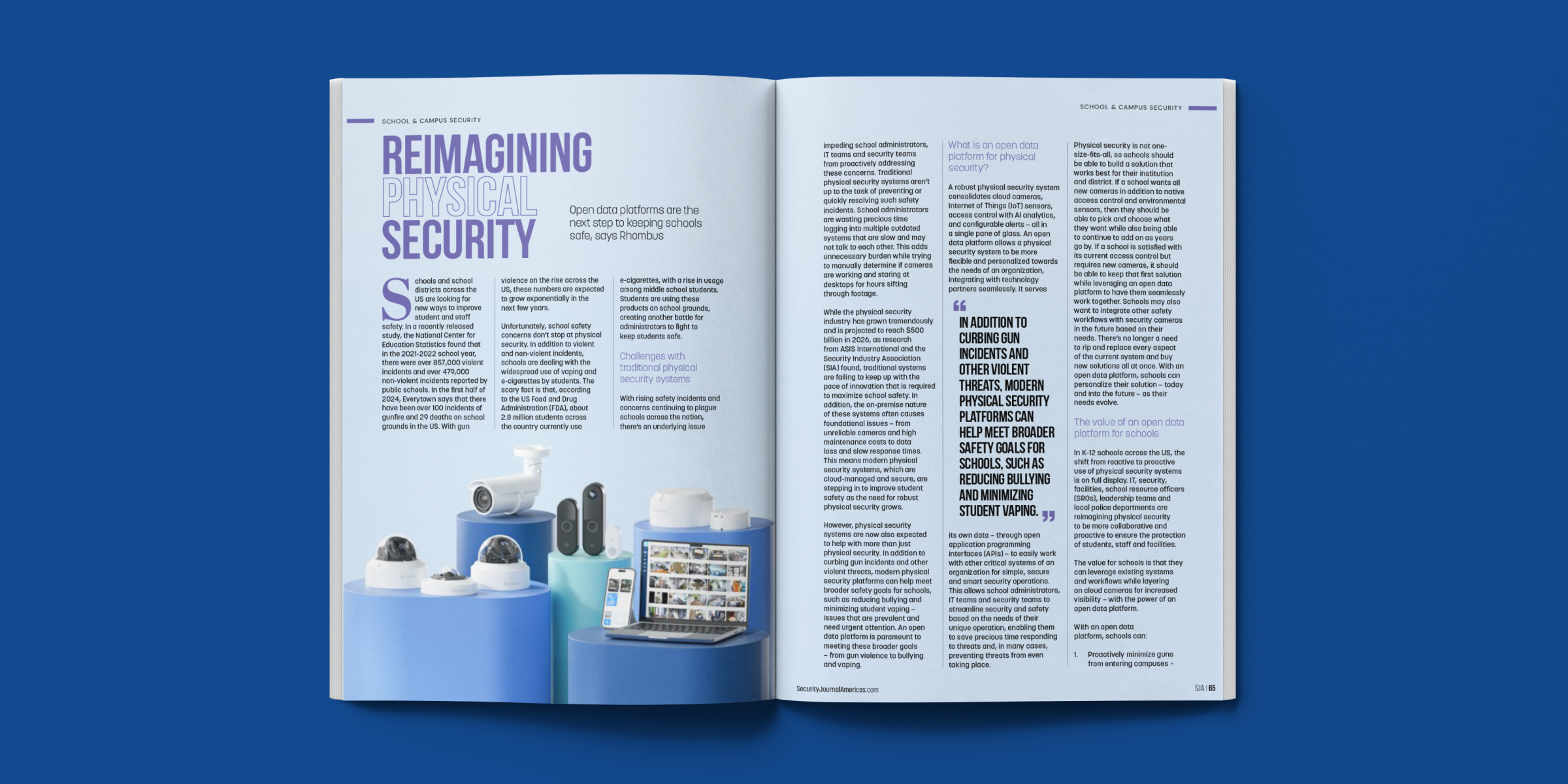3 Ways Cloud Video Security Future-Proofs Healthcare & Hospital Safety

When it comes to physical security, the stakes are high in a healthcare environment. Hospitals, pharmacies, clinics, labs, rehab centers, and more are responsible both for patients’ health and for protecting patient privacy according to HIPAA guidelines.
For these reasons, many hospitals and healthcare facilities are investing in modernizing and future-proofing their physical security solutions—including their video security systems. In this post, we’ll discuss how moving video surveillance to the cloud is a powerful way for healthcare organizations to future-proof their security and invest in a solution that will evolve with their needs over time.
1. Cloud Keeps System Security Up to Date Automatically
Cybersecurity is important for any organization – but for healthcare organizations that must protect patient privacy and maintain HIPAA compliance, it’s absolutely essential. New cybersecurity threats are always surfacing, and new security protocols are constantly evolving to stop them. For hospitals, pharmacies, rehab centers, clinics, and other healthcare facilities, outdated and poorly structured cybersecurity protocols can put sensitive patient data at risk.
Fortunately, most cloud solutions can provide automatic security updates that protect security camera systems from breaches and potential vulnerabilities.
How do automatic updates future-proof healthcare security?
With cloud solutions like Rhombus, security updates are automatically rolled out to all systems and all devices. These updates are pushed out automatically and regularly, which ensures that:
- Your organization is always protected by the most advanced and up-to-date cybersecurity protocols.
- You’re never relying on out-of-date technology to safeguard your facilities.
- There’s no added manual work for your team to maximize resources and keep labor costs low.
These benefits set your healthcare organization up for long-term, guaranteed security with no maintenance on your team’s end.
What are effective cybersecurity protocols?
Automatic security updates are an excellent way to future-proof security, but the level of protection that the updates provide depends on the quality of your vendor’s technology. For this reason, it’s important to do due diligence on your provider’s cybersecurity protocols and to find a provider that you trust.
Most healthcare providers choose a solution that includes end-to-end encryption, strict data privacy protocols, third-party security audits, and has a reliable performance record with no notable breaches. The solution should be built on zero-trust and access should be permission-based only, so that you have full control over who can view footage and data. Because healthcare organizations must protect patient privacy, it’s also critical to find a vendor that helps you easily stay HIPAA-compliant.

Rhombus uses permission-based access that can be revoked at any time, so your team has full control over access to sensitive data and footage.
2. Cloud Supports Flexibility & Growth By Making Integrations Easy
Access control, incident management, single-sign-on—healthcare organizations rely on many different business solutions and the number typically grows over the years. Integrations can streamline operations, provide more choice to organizations, and truly maximize the value that each solution provides.
For this reason, one of the best ways to future-proof your physical security is to find an integration-friendly platform. An integrated video security platform lets you build the exact functionality your organization needs – both today and years into the future. Additionally, it can support your organization’s changing needs and priorities without ever constraining your choices.
What does an integration-friendly video security platform for healthcare look like?
It’s easy to activate. Setting up your integrations shouldn’t take a specialist. An integration-friendly platform lets you activate integrations with just a couple of clicks, with no need to mess around in the backend.
It provides key functionality that improves operations. Integrations should provide value that’s greater than the sum of its parts. For example, with Rhombus’ access control integrations, hospitals, clinics, labs, and other healthcare facilities can view access and badge events directly in the Rhombus Console with synchronized video footage. If an unauthorized person enters or tries to badge in with the incorrect badge, you’ll receive a live alert with corresponding footage.
It’s an open platform with an open API. An open API means you can build fully customized integrations to work with your video security solution. The possibilities are endless – an open API provides freedom and flexibility that provides value for as long as you use it.

3. Cloud Unifies Physical Security to One Platform
When it comes to healthcare video surveillance, non-cloud solutions often combine parts from multiple vendors. For example, with a ‘traditional’ system, the NVR, cameras, and VMS might all be from different providers. This method of piecemealing a solution together requires a higher level of system management and creates more labor for IT.
A unified physical security platform eliminates a lot of the friction typically associated with video security. The result is a streamlined experience for the entirety of your system’s lifetime.
How does a unified cloud solution help healthcare organizations?
With a unified cloud system, you get the entire video security solution—cameras, VMS, and sensors—from just one vendor. This means:
- Procurement, setup, and scaling your system is easy and fast.
- There’s less work for your IT team over the system’s lifetime.
- Troubleshooting and receiving support is fast and simple—one centralized customer service team supports you.
This is what modern cloud security is all about—creating a simple and easy experience for your team at every touchpoint.
Future-proofing and simplifying video security management with cloud solutions
Role management, device management, location management, managing logins and permissions—non-unified ‘traditional’ solutions can mean a lot of extra work for your team.
Fortunately, most unified cloud solutions come with benefits that make managing video security simple, even for large hospitals with thousands of staff members:
- Add unlimited new users, devices, and locations for no extra cost.
- Easily keep pace with staff changes with intuitive role management across all locations.
- Save physical space—no need for DVR/NVRs or dedicated server rooms.
- Remote access to any device allows you to reduce MDM/mobile device management.

Role management from the Rhombus Console is simple. You can grant device permission on a per-device basis, and also extend access based on entire locations.
A unified cloud system saves time, stress, and labor on a daily basis. This makes it an excellent long-term investment for healthcare facilities that want to improve operations and modernize their video security.
Takeaways
In a healthcare environment, you need security solutions you can rely on long-term. That’s why healthcare facilities have begun moving their video surveillance systems to the cloud.
With cloud video security, you can improve operations and future-proof safety by automatically keeping cybersecurity up to date, supporting flexibility and growth with an integration-friendly platform, and unify physical security efforts to save time and resources on a daily basis.
Curious if a cloud solution could help your healthcare organization? Request a no-commitment free trial or reach out to sales@rhombussystems.com to learn more.



